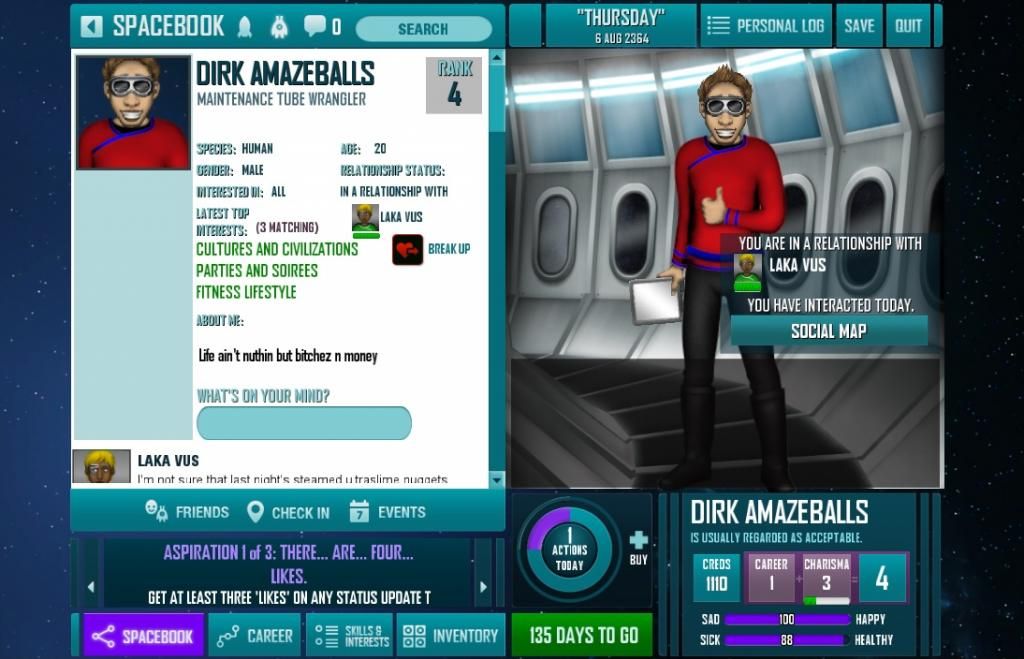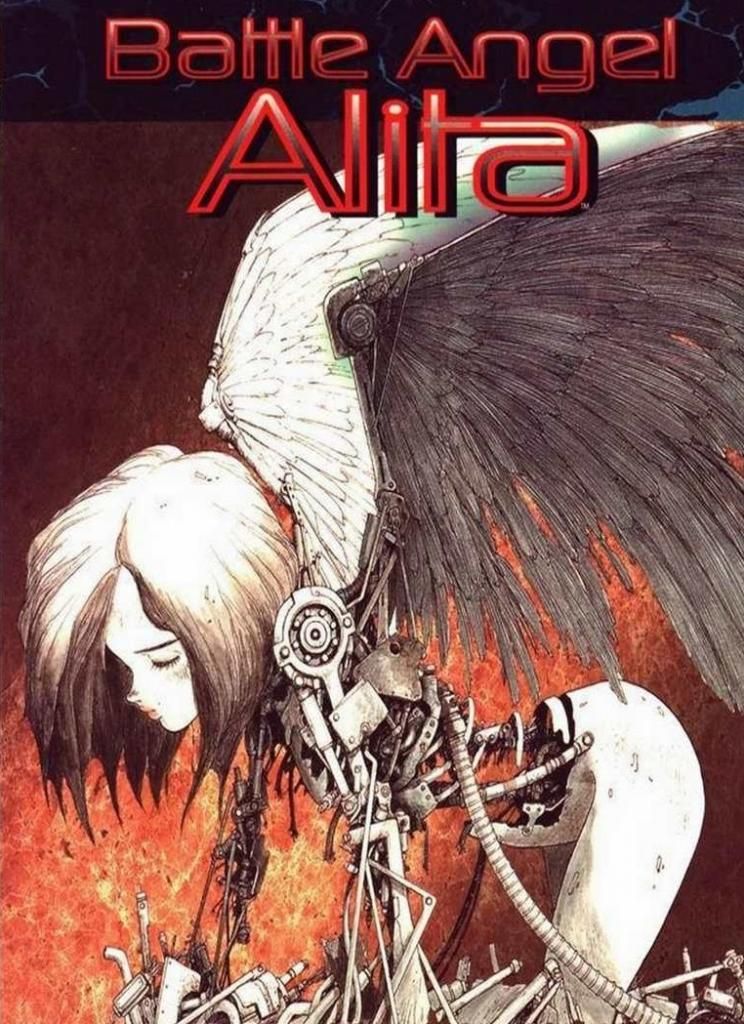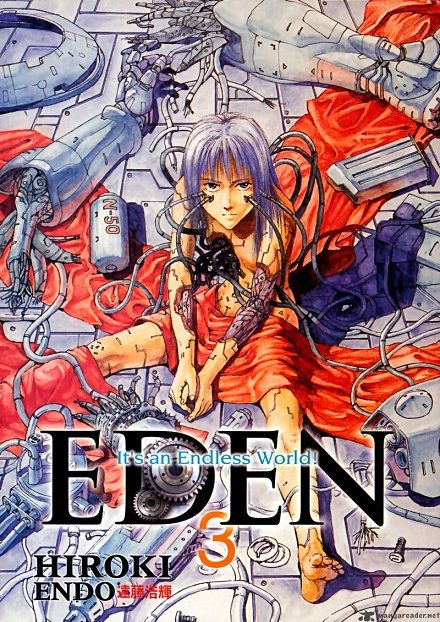Spring is here and with it the new spring anime. Today I come to discuss one series in particular – The Disappearance of Yuki Nagato.
It’s been quite a few years since we saw anything related to Haruhi Suzumiya, so you might be forgiven for not remembering that Nagato is the anti-social alien android pretending to be a high school girl to keep a close eye on God (a.k.a. Haruhi Suzumiya, a Japanese schoolgirl unaware of her position as the Prime Mover and the source of all Creation). The original show had all kinds of crazy stuff – time travellers, psychics, dream projection, and enough sci-fi cliches for a Star Trek series.
However, The Disappearance of Yuki Nagato is about a parallel universe where those things seemingly don’t exist. Specifically, it’s about an alternate ending to the movie The Disappearance of Haruhi Suzumiya where the protagonist chose to stay in the universe of the ordinary people. So without the science fiction elements, what are we left with? A rather ordinary slice-of-life high school story about a girl, the boy she likes, and the literature club they belong to. Watching this premiere, I realized that there was a good reason that Nagato was only a supporting character in the regular show. Quite honestly, a quiet and shy wallflower is not heroine material. The conflict and forward movement in the plot was only able to happen in this episode because of the actions of two other characters who were more outgoing than the supposed protagonist.
There are encouraging hints that all is not as it seems. Nagato experiences a moment of deja vu when she spots the alternate Haruhi Suzumiya on the street, while Asakura remains disturbingly skilled with a knife despite being a regular student. And let’s remember that this world conforms too perfectly to a happy and idyllic story of teen romance for one Yuki Nagato. Anyway, I hope very much that these oddities are explored more in the rest of this season.
This is only the first episode, so I’ll stick with this show a little bit more. If I see any pocket universes or sandworms later on I’ll let you know.


